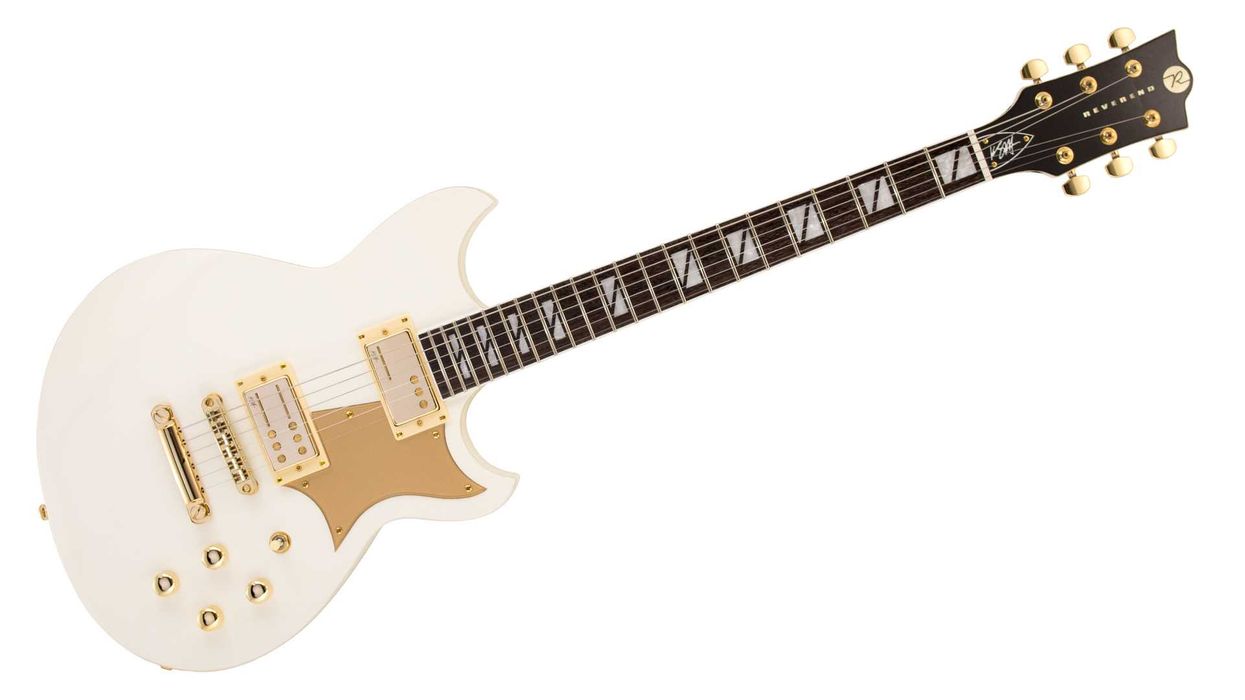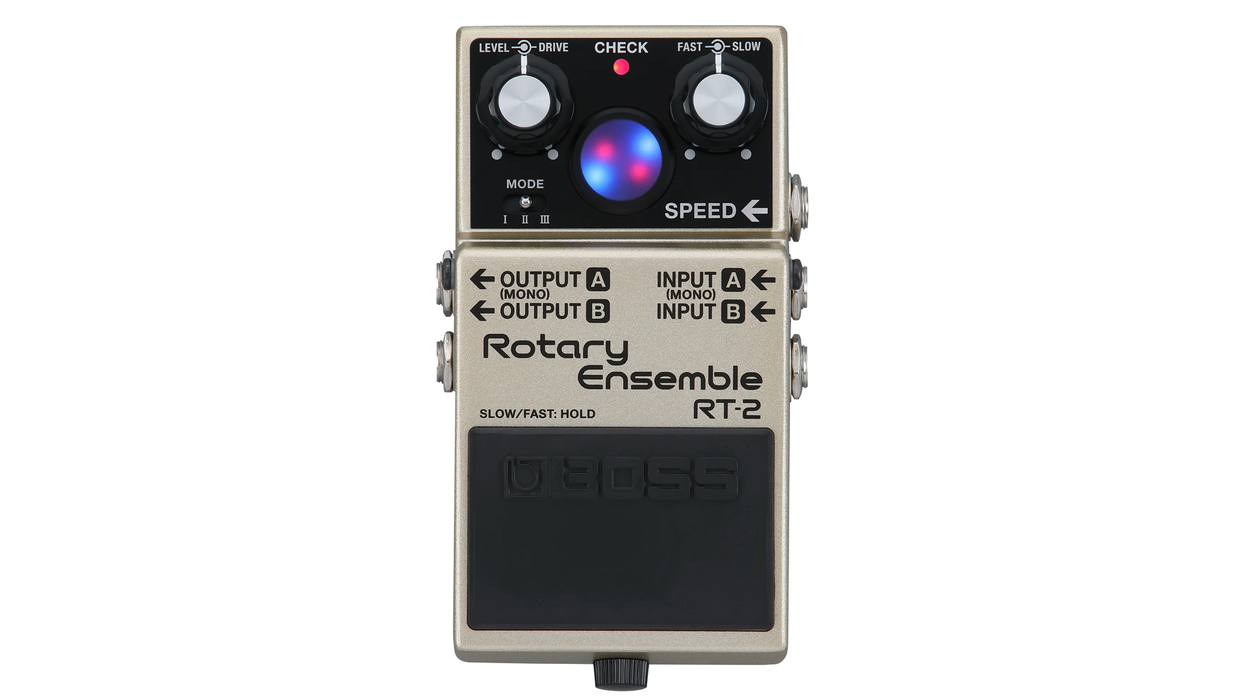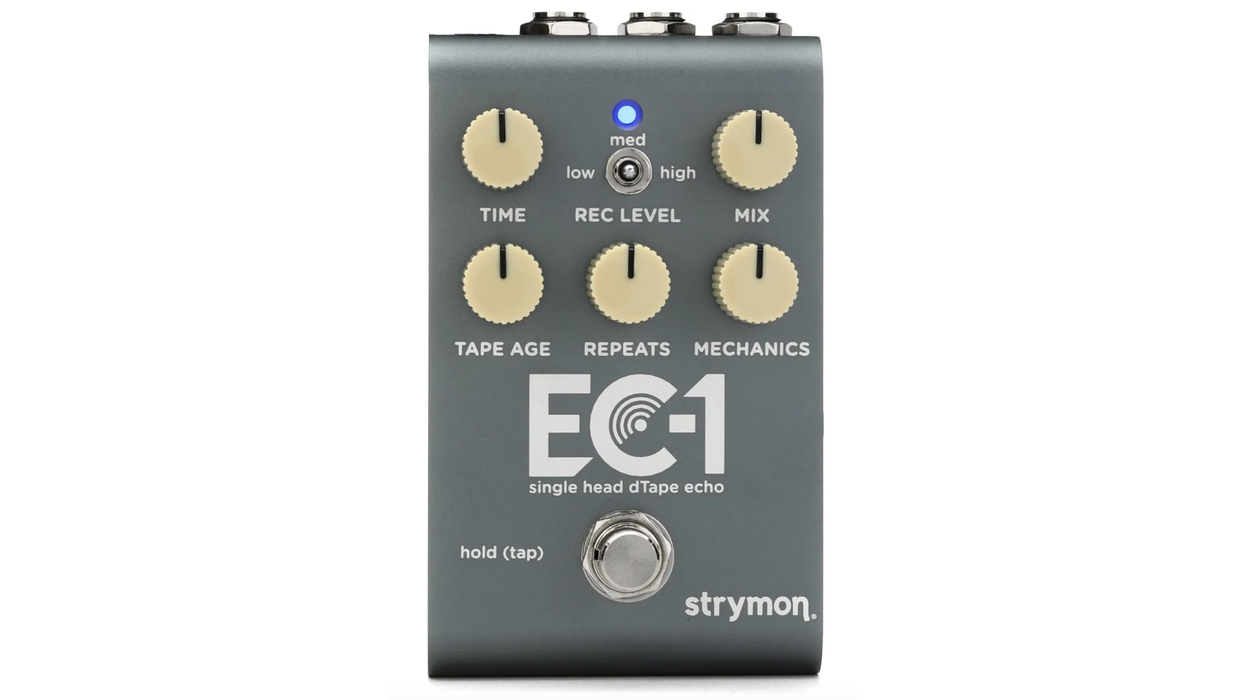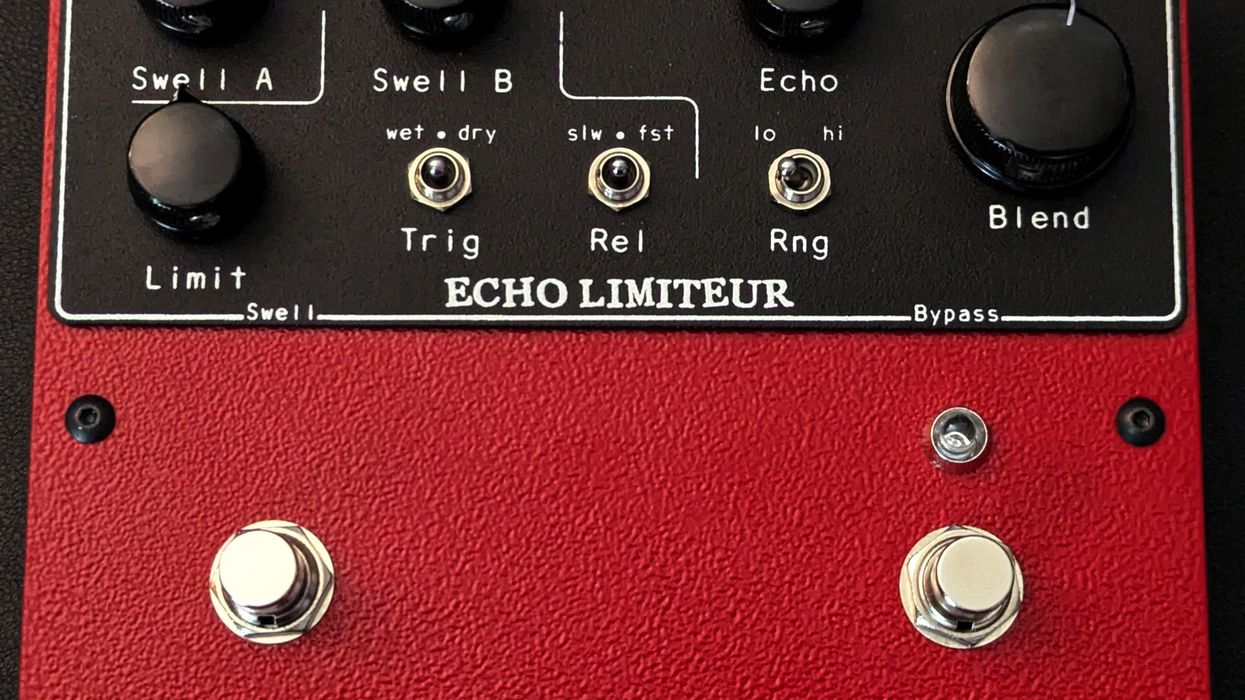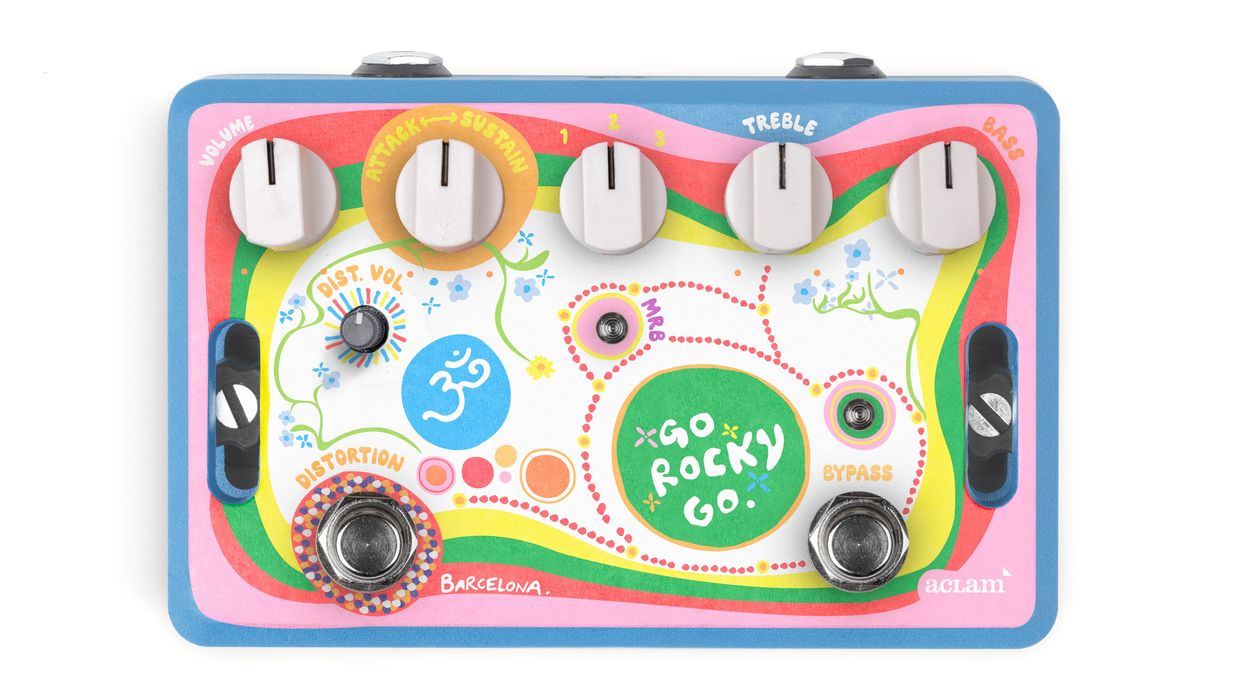The art of using and building delays is, at this point, a discipline populated by a thousand little cults. Vintage-minded analogists, digital micromanagers, and seekers of chaos all live under this strange umbrella. What’s refreshing about Diamond’s Dark Cloud is the way it spans so many points on the echo spectrum without 30 push-buttons and an enclosure the size of a cigar box.
It does many of the things detail-minded sound crafters demand of their delays, like tap tempo and creating precise subdivisions fast. And while it’s a digital delay, it seems very carefully designed and EQ’d to feel very analog, vintage, patinated, and moody. Indeed, in many situations it proves worthy of its name.
Crafted for Controlled Chaos
The sturdy, Canada-built Dark Cloud is a nice study in design efficiency. While there are enough tightly packed controls and switches to make some players nervous, the Dark Cloud does a lot with four knobs, a mini-toggle, and two footswitches. The toggle doubles as a mode selector when you click down and a subdivision switch when you click up. Footswitches serve the function of tapping out tempo, instantaneously or momentarily doubling delay rate, or setting up the harmonic delay mode for octaves or fifths. And though the four knobs for delay time, mix, feedback, and modulation rate are ordinarily enough, each functions quite differently depending on the mode, making the Dark Cloud deceptively simple.
Softly Spoken Expansiveness
Tape mode is, needless to say, well suited for the Dark Cloud’s darkish tone profile. Repeats drift and dissolve into mist as the echo signal degrades, and in traditional sorts of tape delay settings (short-to-medium-length delays, a 50/50 mix, and anywhere from two to five repeats), the Dark Cloud maintains a responsiveness and a not-too-overbearing presence that are simultaneously spacey and subdued. But the tape setting is also fantastic at more extreme settings. Fast repeats mated to speedy modulations and maxed-out feedback levels yield results that sound like Joe Meek wrestling a Space Echo, and you can create many accelerating/decelerating oscillation effects that suggest the old Roland tape delay standard-bearer if you engage actively and in real time with the controls.
“Fast repeats mated to speedy modulations and maxed-out feedback levels yield results that sound like Joe Meek wrestling a Space Echo.”
Harmonic and octave-up effects paired with reverbs and delay have a way of generating polarizing effects. I am generally on the side of those who find that a little goes a long way, and that too much is a saccharine tone nightmare that evokes being eaten alive by Smurfs. If you want to be devoured by wee cannibals, that’s your business, and the Dark Cloud will go there, particularly if you run wild with the feedback control. But the pedal also makes space for mellower applications. I had great luck with slapback delay times, fast decay, moderate mix levels and modulation rates in the ballpark of a Leslie’s whirl. In this setting, the harmonic delay took on the feel of an old Vox or Farfisa organ tracking my chord melody. If you stray from the Duane Eddy zone on the fretboard, single-note melodies tend to bring out the harmonic delay’s more cloying side. However, if you dig the shimmering qualities associated with these effects, you’ll find the Dark Cloud is a rich source for them, especially if you tinker with the harmonizing fifth setting on the pedal.
The Dark Cloud’s reverse delay mode is the one where the dark and cloudy facets of its personality become really intriguing. Like the tape mode, it’s a great match for drive effects from mellow boosts to gnarly fuzz—whether you situate it upstream or downstream from the pedal. But using the effect in clean settings reveals a lot about how the pedal’s EQ emphasis and duskier repeats make reverse echoes more seamless, organic, and something closer to the effect of reverse tape, especially when you keep the modulation and feedback to a minimum. In this way, the Dark Cloud’s reverse delay betters that of many of its peers and makes echoes sound less like they were grafted on as an afterthought. The reverse-echo textures can also range to more mangled extremes. If you’re a fan of Daniel Lanois’ warped-echo-and-melting-tweed-Deluxe sounds, adding fuzzy gain and attenuating your guitar tone generates a spiraling, hazy distorted signal that sounds a little like a reel of 2" coated in dust and molasses. (There’s an audio sample of that kind of thing attached to the online version of this review.)
The Verdict
If I’d had my way, I would have nixed the Dark Cloud’s harmonic delay mode, stuck with the very nice tape and reverse modes, and charged a little less. Still, a lot of players will love the many strange high-pitched and pixilated sounds available via the harmonic mode. And together, the three modes add up to a uniquely varied echo unit that can see a player through many moods—from deeply psychedelic to hyperactively effervescent.
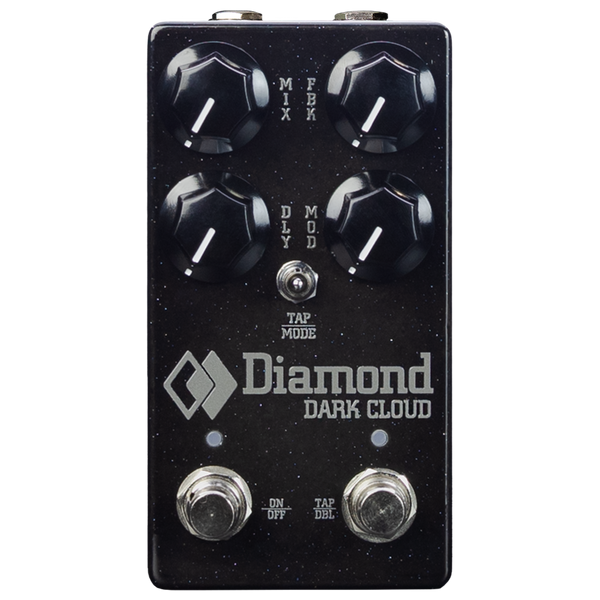




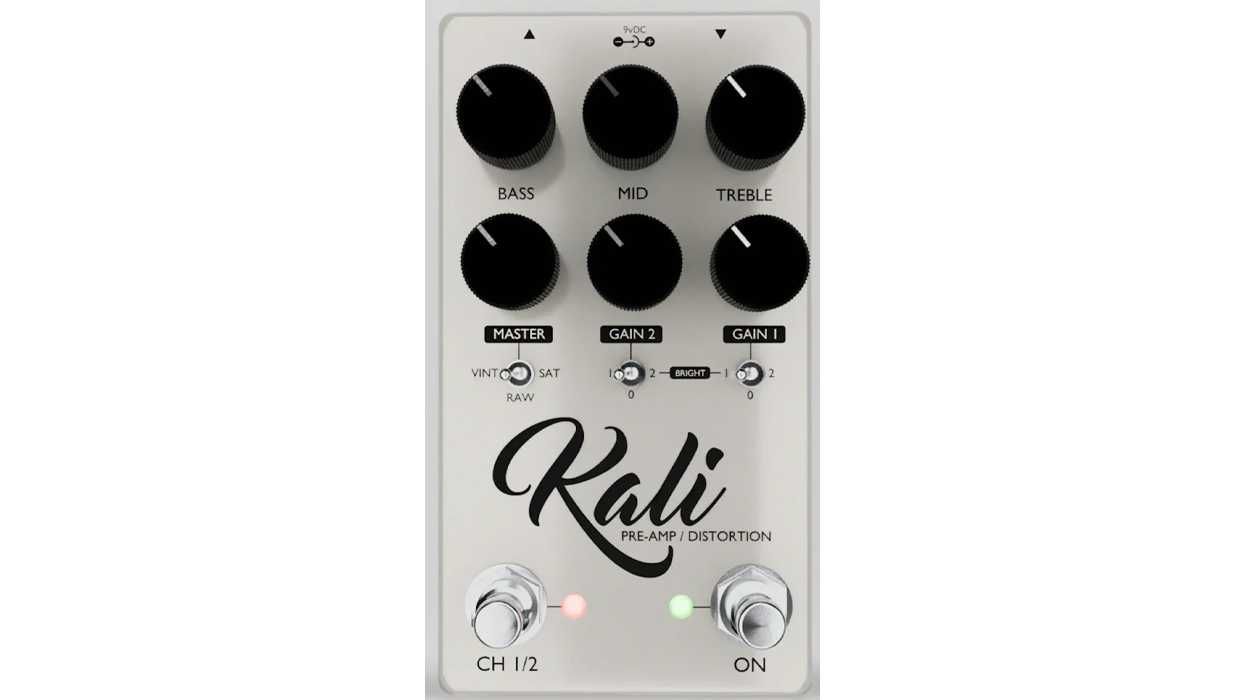
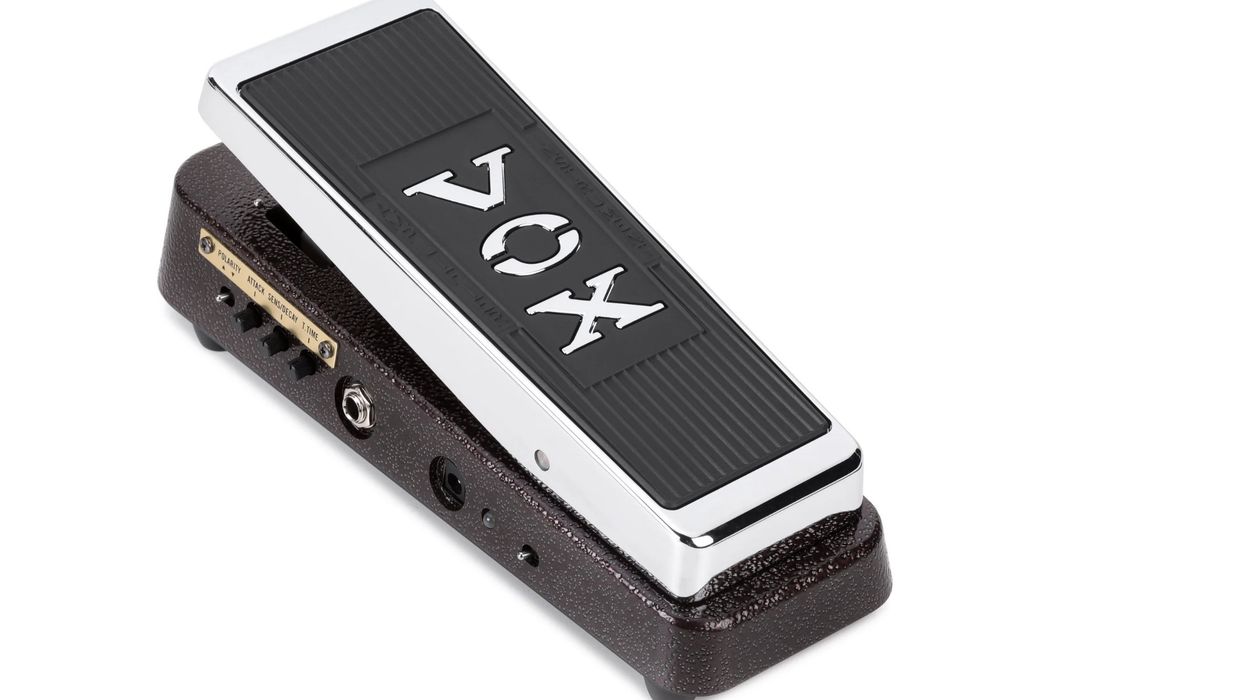
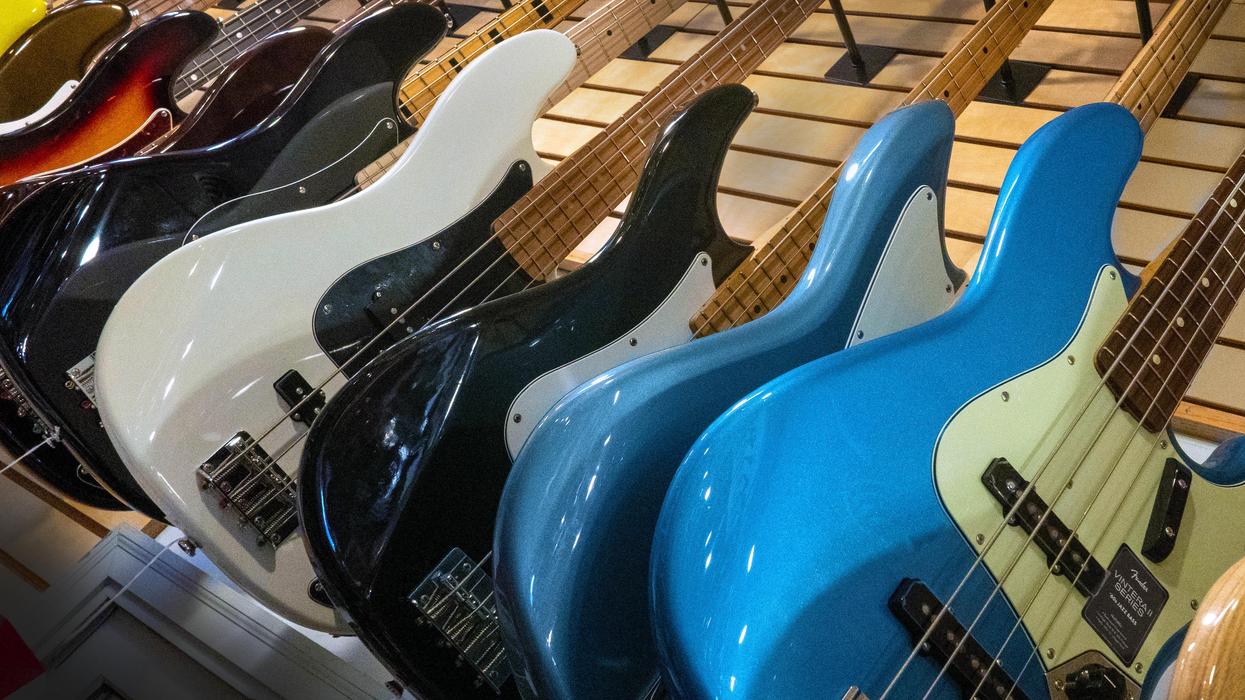
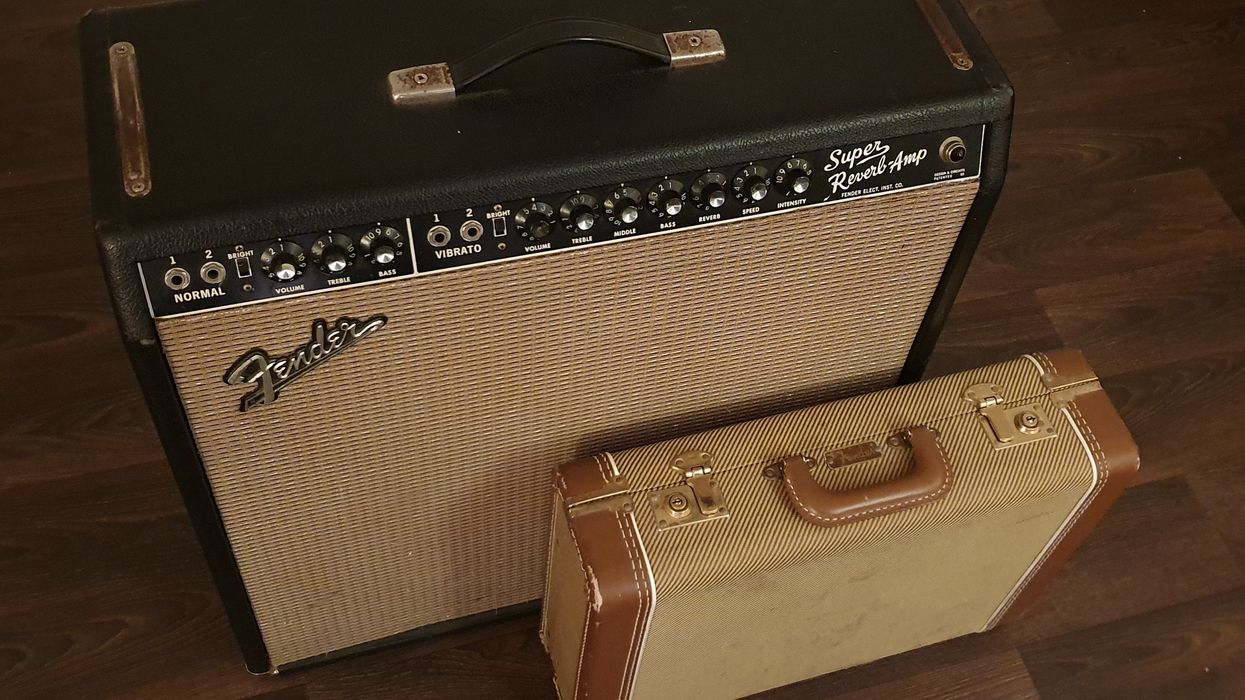

![Devon Eisenbarger [Katy Perry] Rig Rundown](https://www.premierguitar.com/media-library/youtube.jpg?id=61774583&width=1245&height=700&quality=70&coordinates=0%2C0%2C0%2C0)

